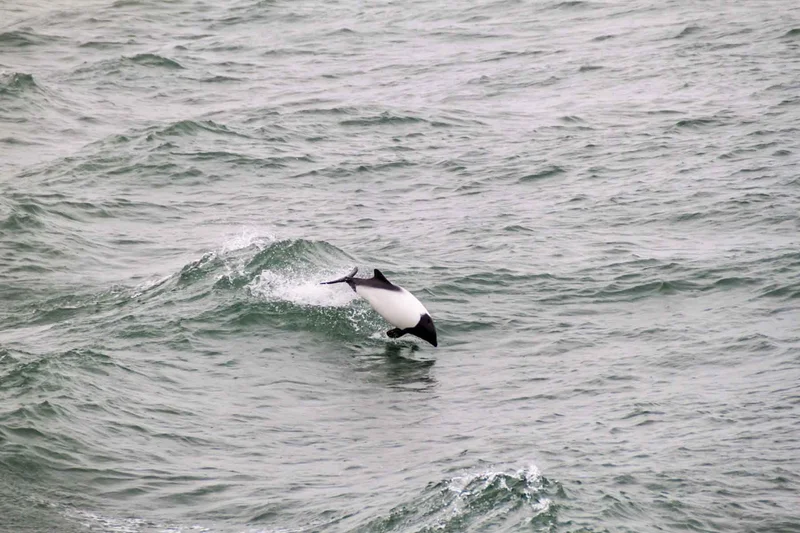
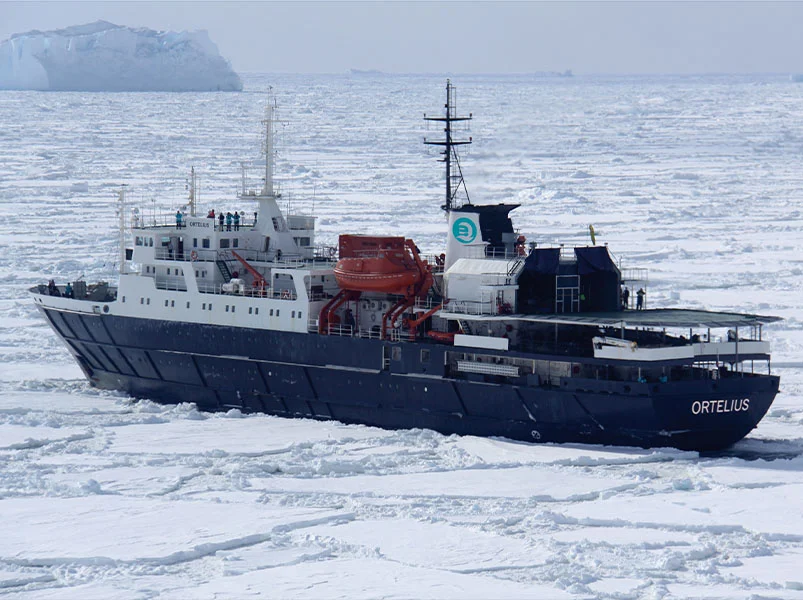
On this extraordinary journey, we navigate the unexplored waters around Lazarev Bay and the mysterious Glinka Islands, a region where old aerial photographs (1939–1941) serve as reference for existing charts. Ice and daylight permitting, we will be aiming to push further south toward these mysterious uncharted islands.
15 Day Antarctica Itinerary
Day 1: End of the world, start of a journey
Your voyage begins where the world drops off. Ushuaia, Argentina, reputed to be the southernmost city on the planet, is located on the far southern tip of South America. Starting in the afternoon, you embark from this small resort town on Tierra del Fuego, nicknamed “The End of the World,” and sail the mountain-fringed Beagle Channel for the remainder of the evening.
Day 2 - 3: Path of the polar explorers
Over the next two days on the Drake Passage, you enjoy some of the same experiences encountered by the great polar explorers who first charted these regions: cool salt breezes, rolling seas, maybe even a fin whale spouting up sea spray. After passing the Antarctic Convergence – Antarctica’s natural boundary, formed when north-flowing cold waters collide with warmer sub-Antarctic seas – you are in the circum-Antarctic upwelling zone.
Not only does the marine life change, the avian life changes too. Wandering albatrosses, grey-headed albatrosses, black-browed albatrosses, light-mantled sooty albatrosses, cape pigeons, southern fulmars, Wilson’s storm petrels, blue petrels, and Antarctic petrels are a few of the birds you might see.
Day 4: Through the Pendleton Strait
Arriving at the Antarctic Peninsula near the Antarctic Circle. If sea ice conditions permit, you may continue through Pendleton Strait and attempt a landing at the rarely visited southern tip of Renaud Island. Here, you have the opportunity to encounter the first Adélie penguins of the voyage and enjoy spectacular views of icebergs in this surreal, snow-swept environment.
Later in the afternoon, we will continue our journey towards Adelaide Island and Marguerite Bay, crossing the Polar Circle. We will spend the night in the area of Crystal Sound, where the scenery is so captivating it may keep you awake into the early hours. This region also offers the chance to spot orcas, humpback whales, and minke whales.
Day 5 - 9: Into Marguerite Bay and sailing toward Lazarev Bay
We sail into the majestic Marguerite Bay, surrounded by ice-cloaked islands and soaring peaks. Wildlife sightings may include humpbacks, leopard seals, and possibly Adélie penguins. If ice allows, we may land at Pourquoi Pas or Horseshoe Island before continuing toward Lazarov Bay.
We navigate into Lazarev Bay and will explore this a remote area with its icebergs of all shapes and sizes dominate the landscape. Navigation is challenging, and if conditions are favorable, we’ll launch Zodiacs for a stunning ice cruise and prepare for deeper exploration. This is true expedition territory, raw, remote, and rarely visited.
Weather and ice permitting, we head even further south, aiming to reach islands never visited before. With every mile, we step deeper into the unknown, a voyage of discovery in the purest sense. In the evening, we begin repositioning northward, leaving behind the uncharted edges of Antarctica.
Day 10 - 11: The Gullet and Detaille Island
If conditions allow, we then sail through The Gullet, one of the most impressive narrow channels in Antarctic, with towering mountains either side, birds following the ship and playful penguins and seals frolicking in the water as we sail through this very special part of the journey. If ice conditions allow we will also carry out a landing or cruise in the afternoon.
We may make a landing at an abandoned British research station here, taking in the island’s lofty position and imposing glaciers scenery.
Day 12 - 14: Familiar seas, familiar friends
Your return voyage is far from lonely. While crossing the Drake, you’re again greeted by the vast array of seabirds remembered from the passage south. But they seem a little more familiar to you now, and you to them.
Day 15: There and back again
Every adventure, no matter how grand, must eventually come to an end. It’s now time to disembark in Ushuaia, but with memories that will accompany you wherever your next adventure lies.
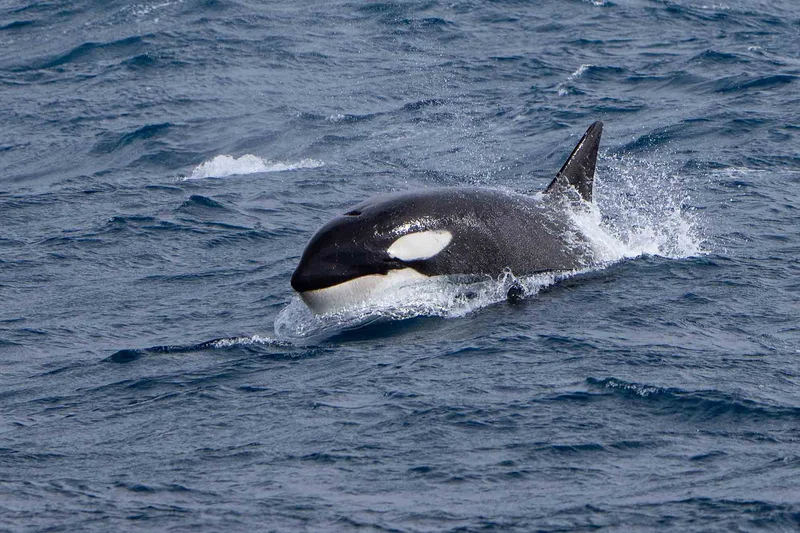
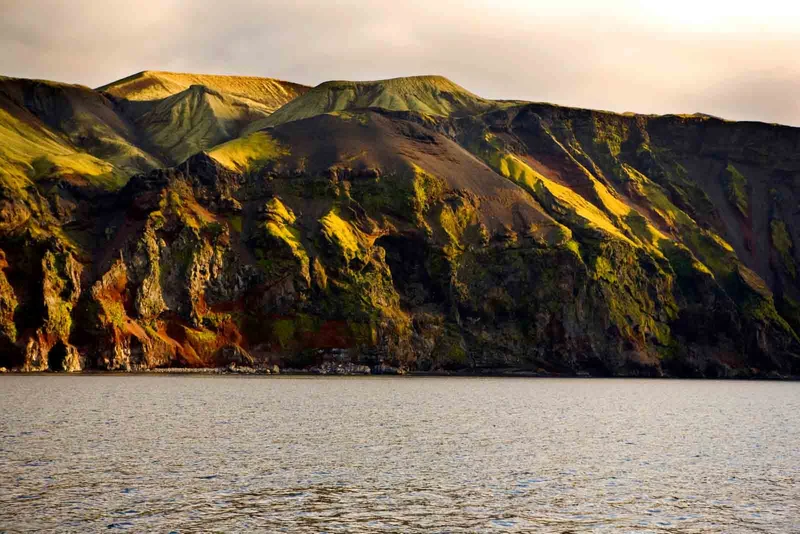
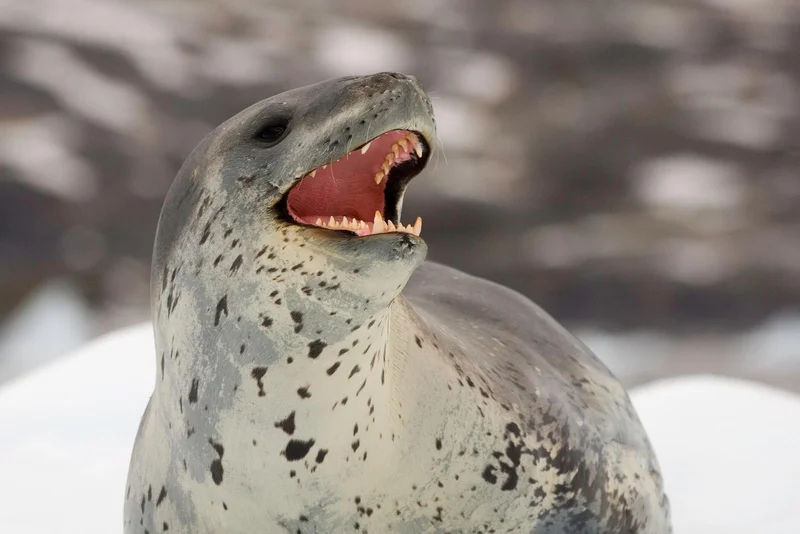
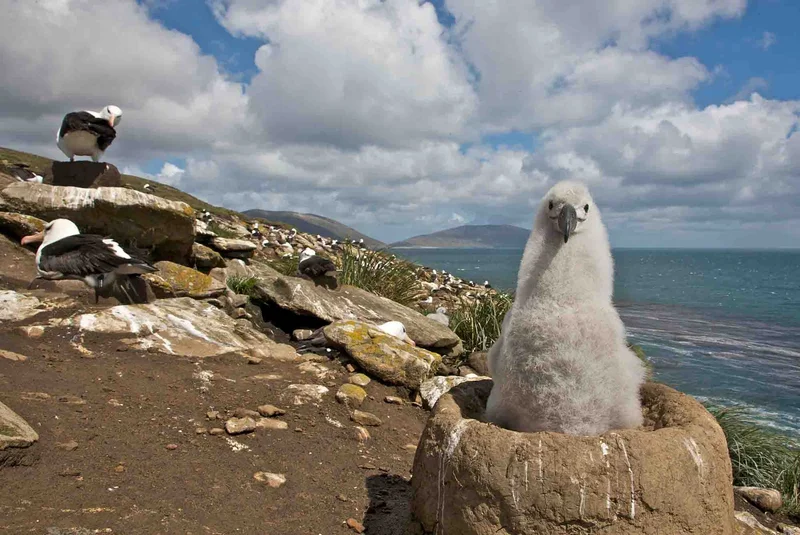
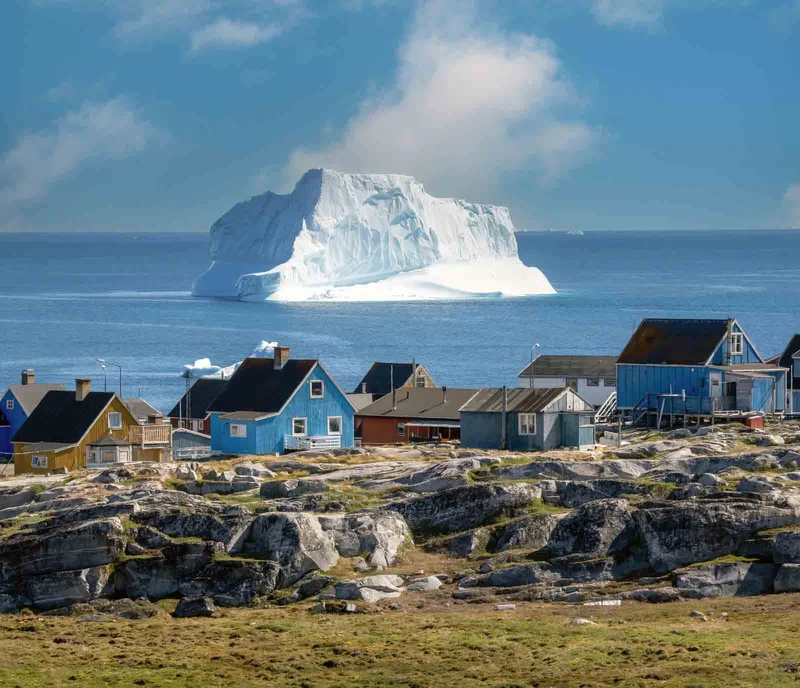
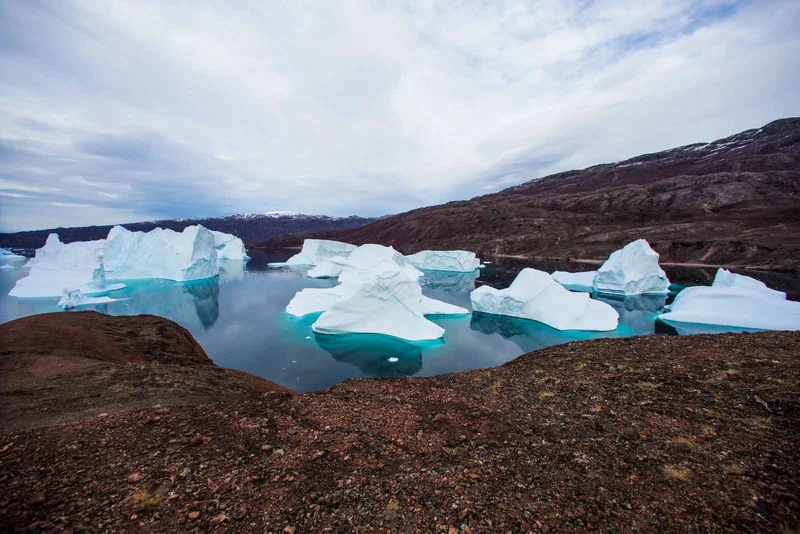
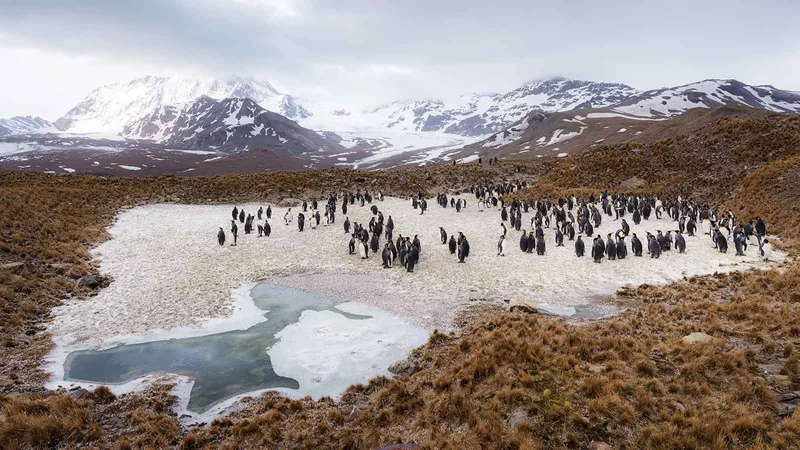
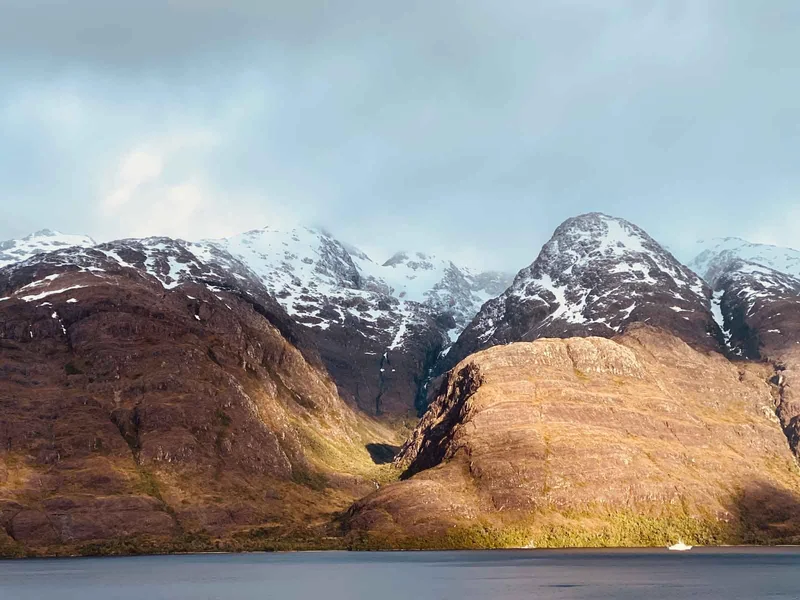

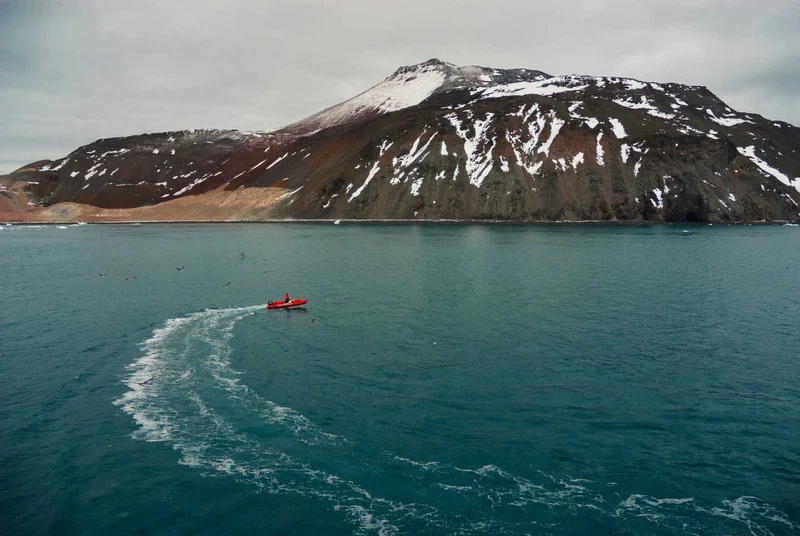
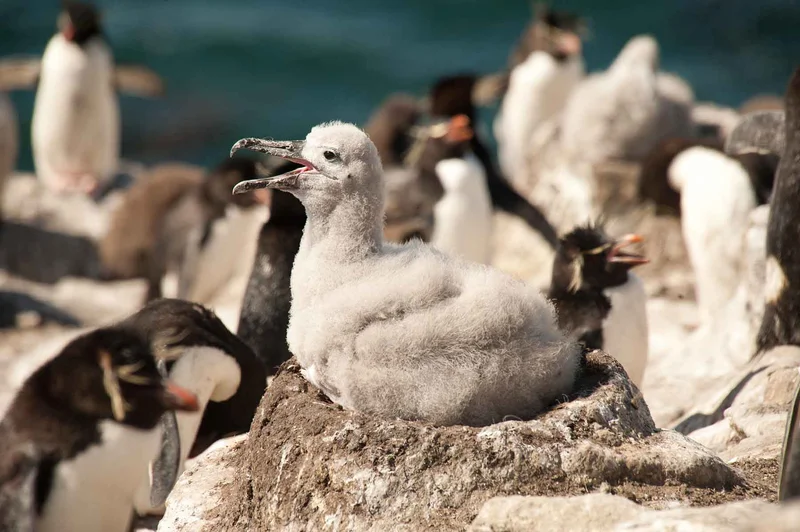
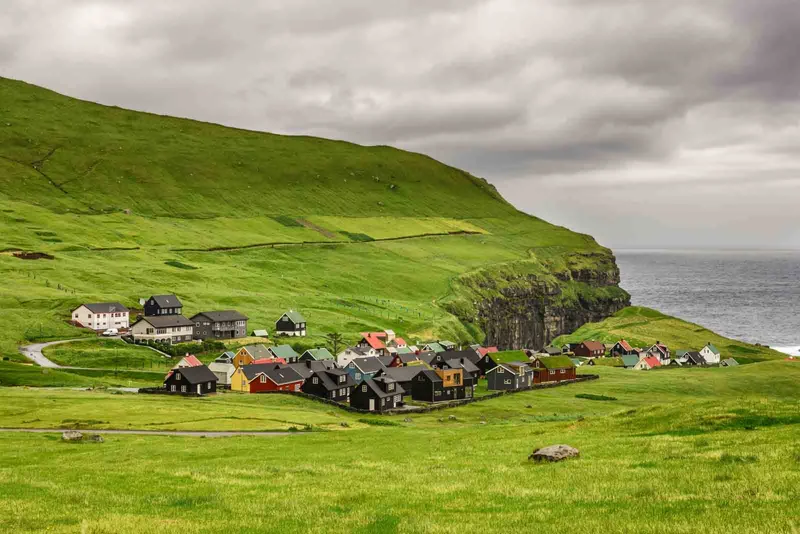
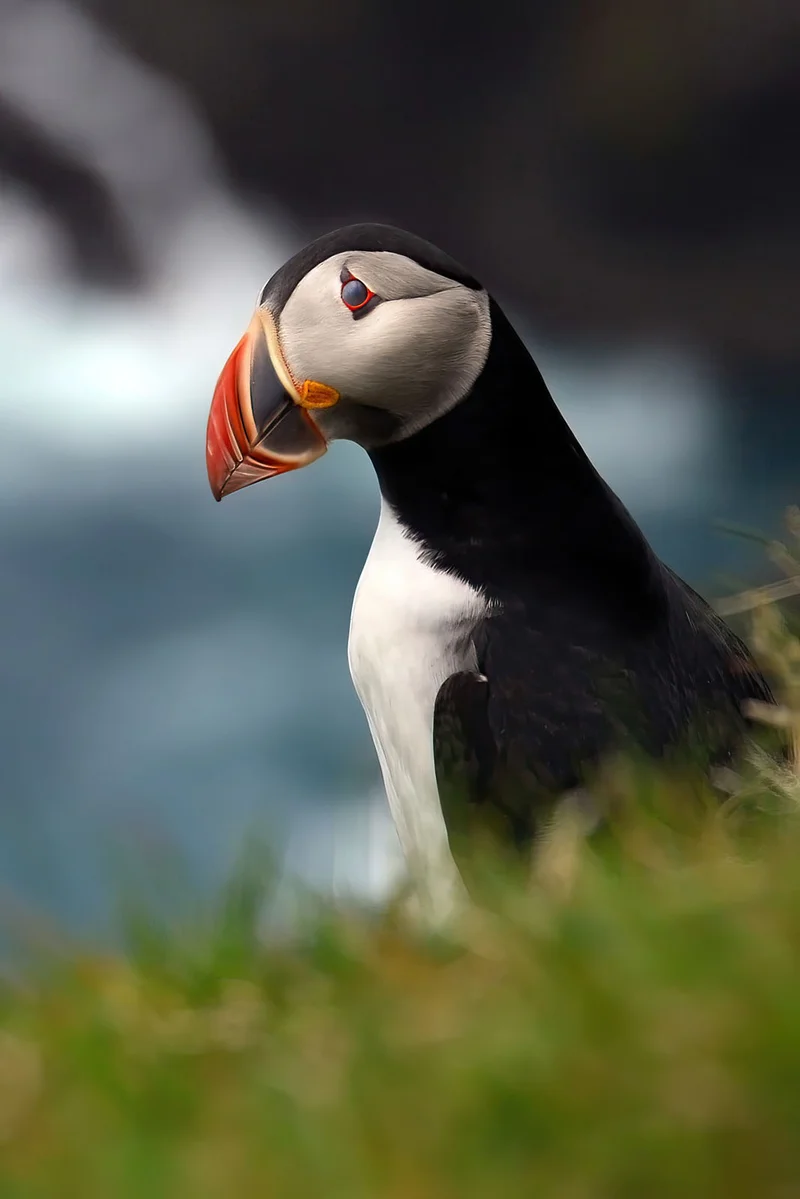
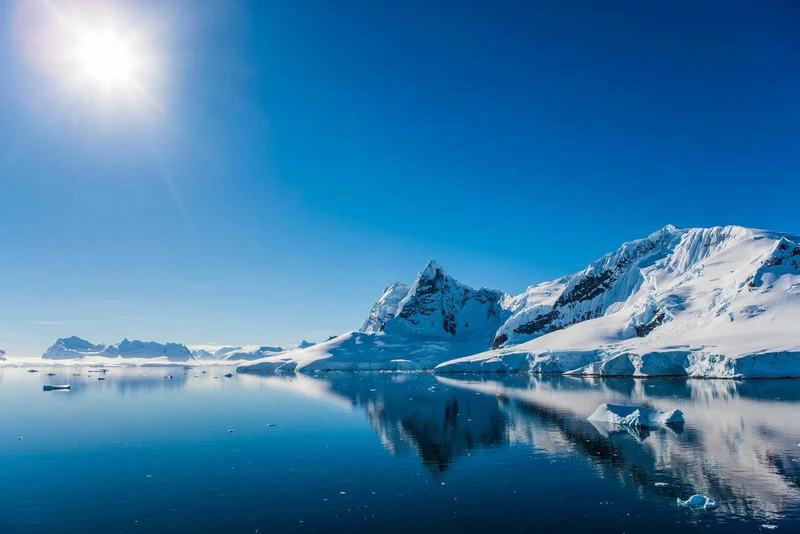
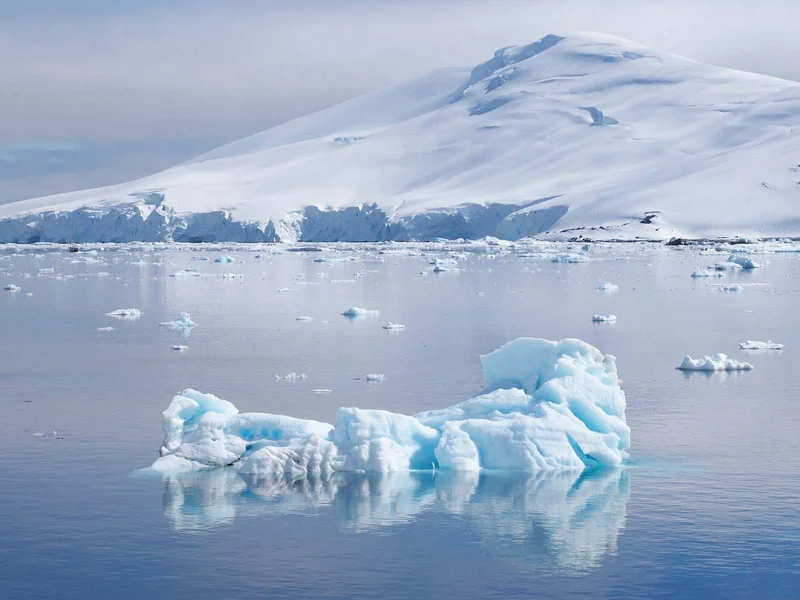
15 Day Antarctica Itinerary Includes
- Voyage aboard the indicated vessel as indicated in the itinerary.
- All meals throughout the voyage aboard the ship including snacks, coffee and tea.
- All shore excursions and activities throughout the voyage by Zodiac.
- Program of lectures by noted naturalists and leadership by experienced expedition staff.
- Free use of rubber boots and snowshoes
- Luggage transfer from pick-up point to the vessel on the day of embarkation, in Ushuaia.
- Pre-scheduled group transfer from the vessel to the airport in Ushuaia (directly after disembarkation).
- All miscellaneous service taxes and port charges throughout the program.
- AECO fees and governmental taxes.
- Comprehensive pre-departure material.
15 Day Antarctica Itinerary Does not Include
- Any airfare, whether on scheduled or charter flights; pre- and post- land arrangements.
- Transfers to the vessel in Ushuaia and Ascension and from the vessel in Ascension and Praia; passport and visa expenses.
- Government arrival and departure taxes.
- Meals ashore.
- Baggage, cancellation and personal insurance (which is strongly recommended).
- Excess baggage charges and all items of a personal nature such as laundry, bar, beverage charges and telecommunication charges.
- The customary gratuity at the end of the voyages for stewards and other service personnel aboard (guidelines will be provided).
Itinerary Map
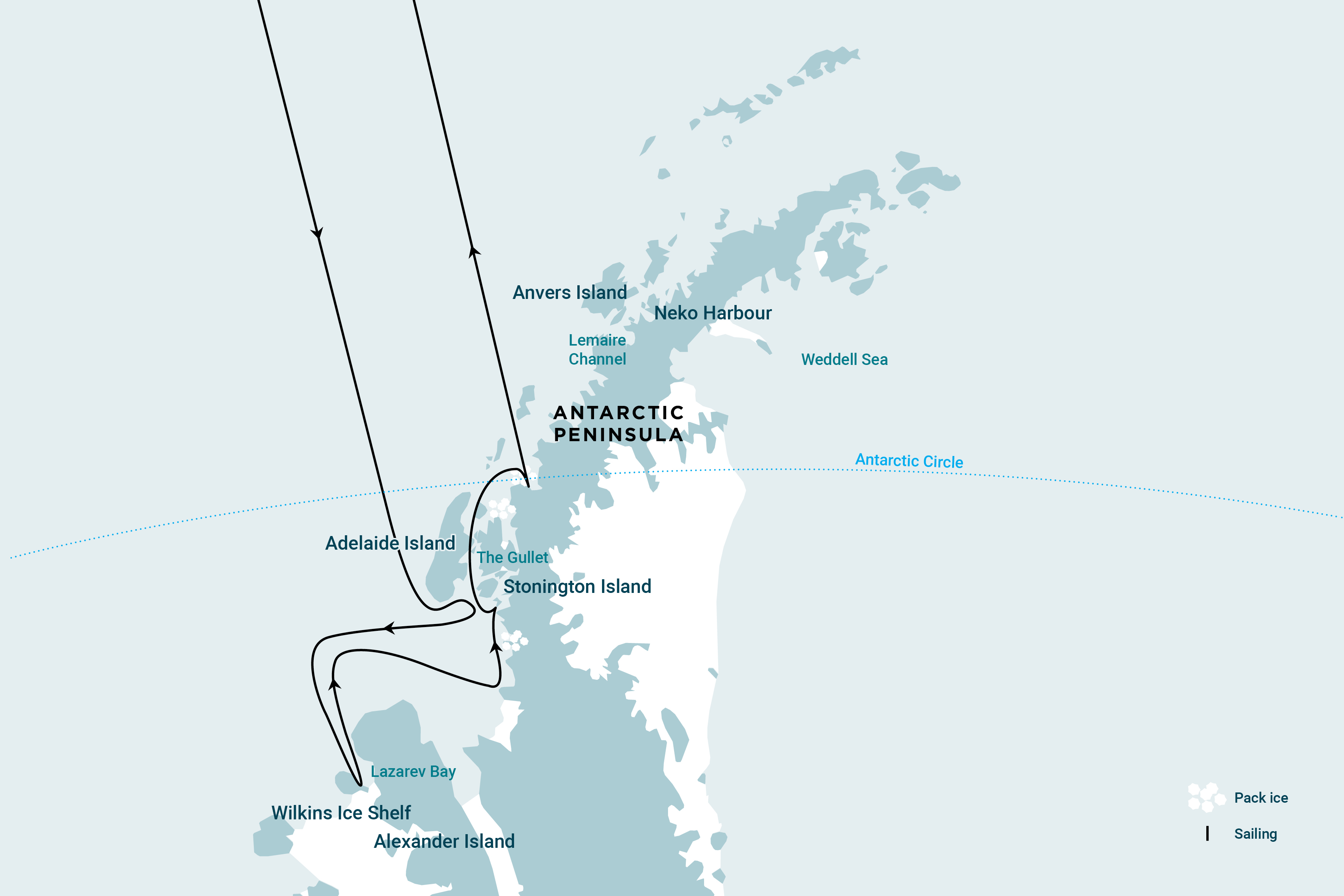
15 Day Antarctica cruise activities
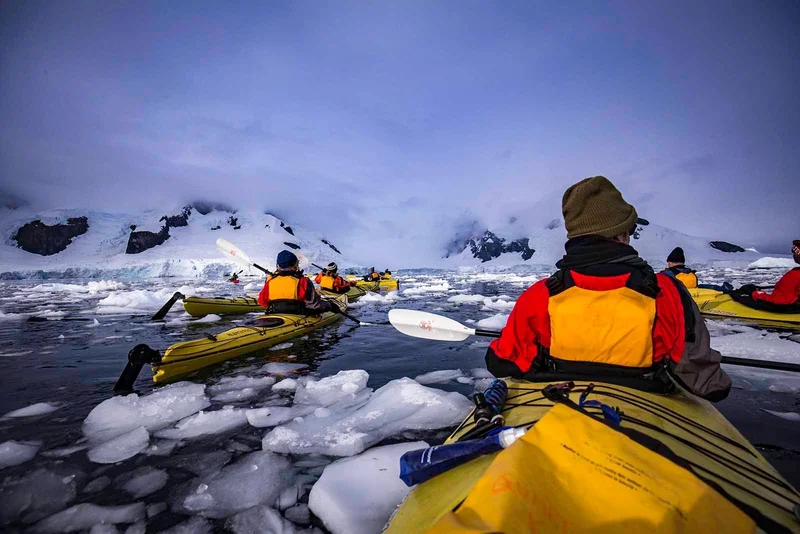
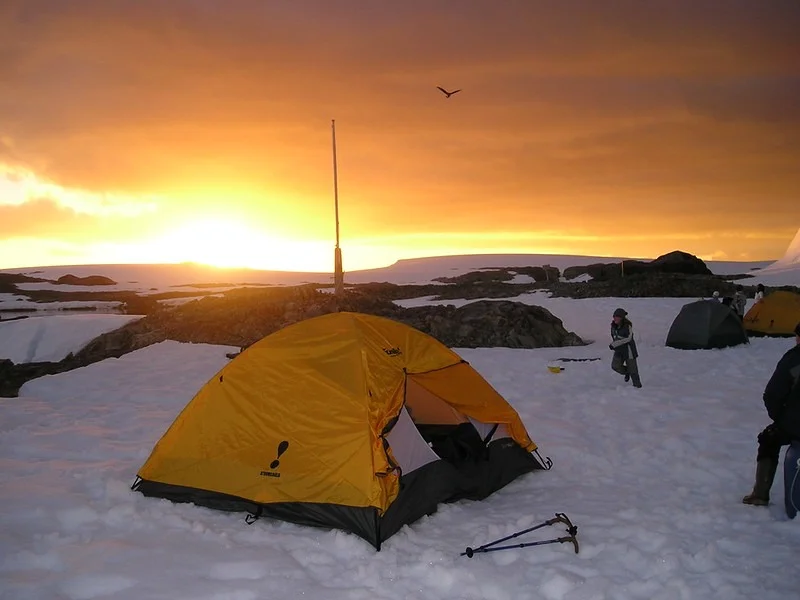
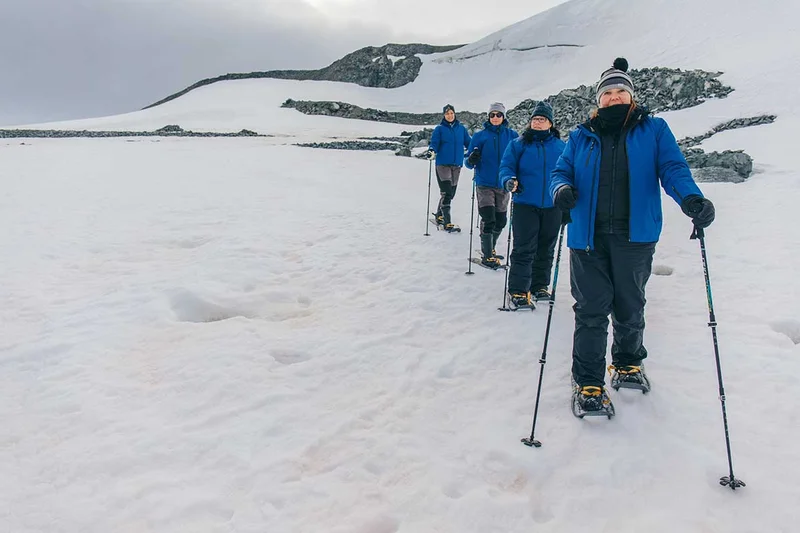
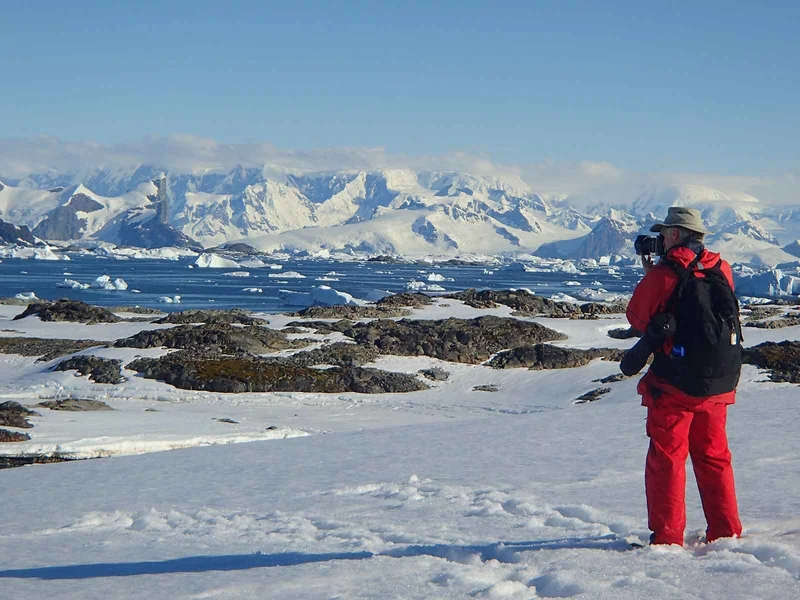
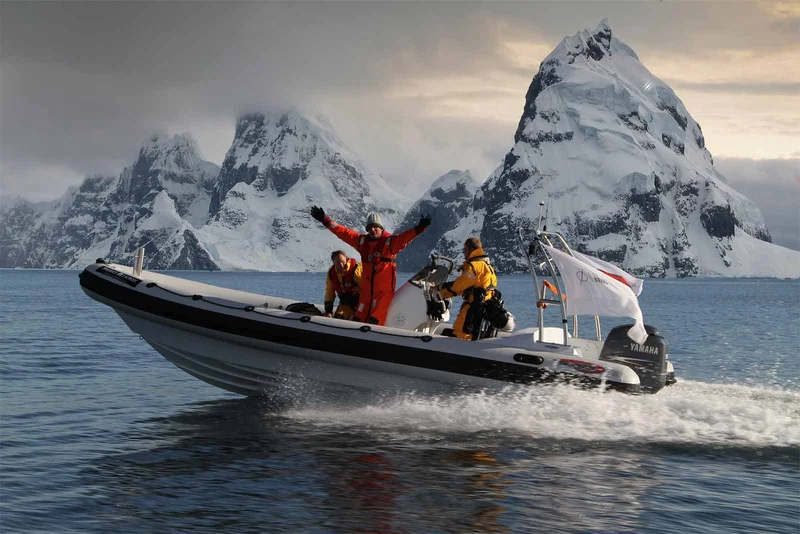

Animals you might see on this itinerary
Antarctica – Uncharted islands of the Deep South
Why travel with us?
Would you like to know why booking with us is the best choice?
Discover the BenefitsSimilar Itineraries

